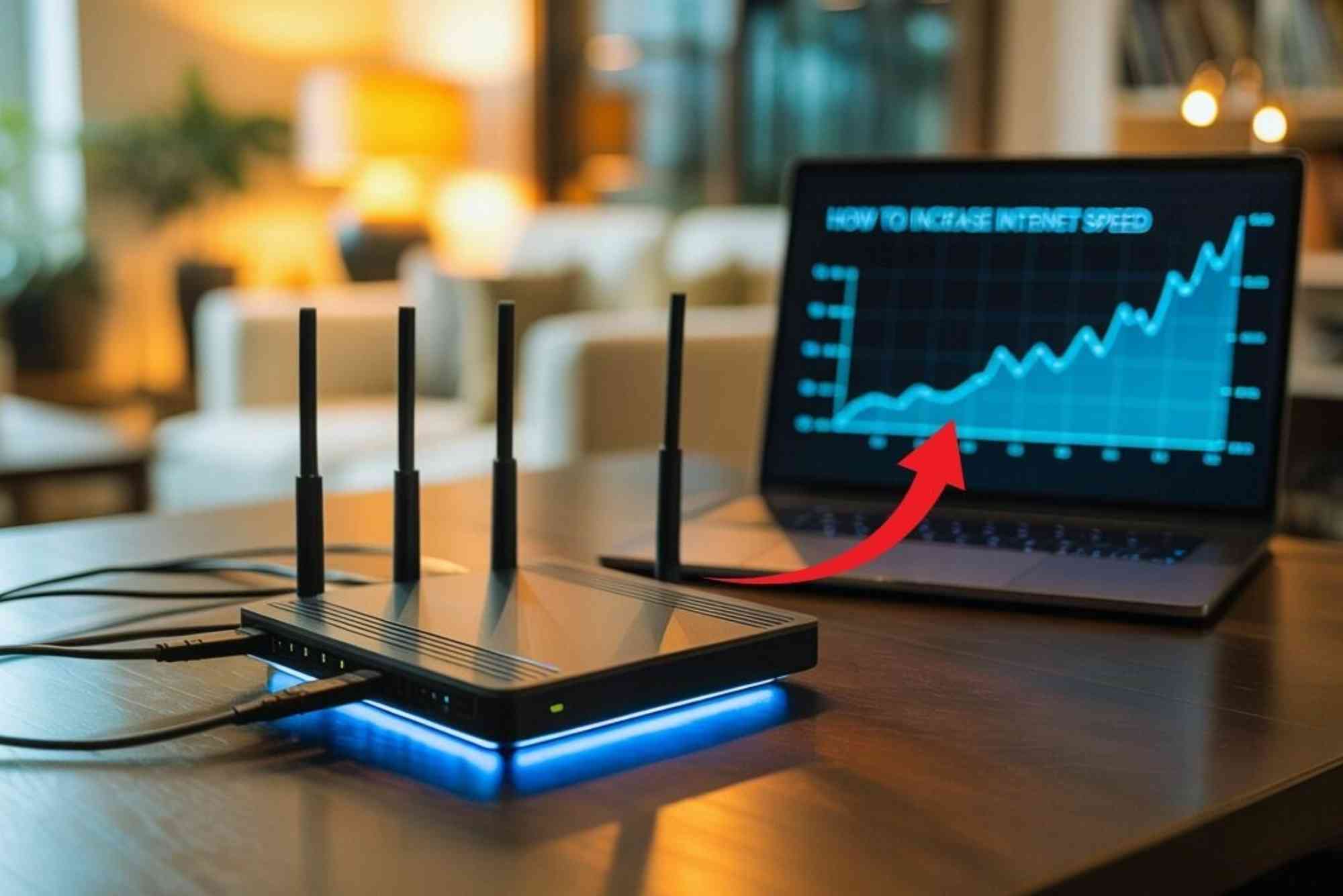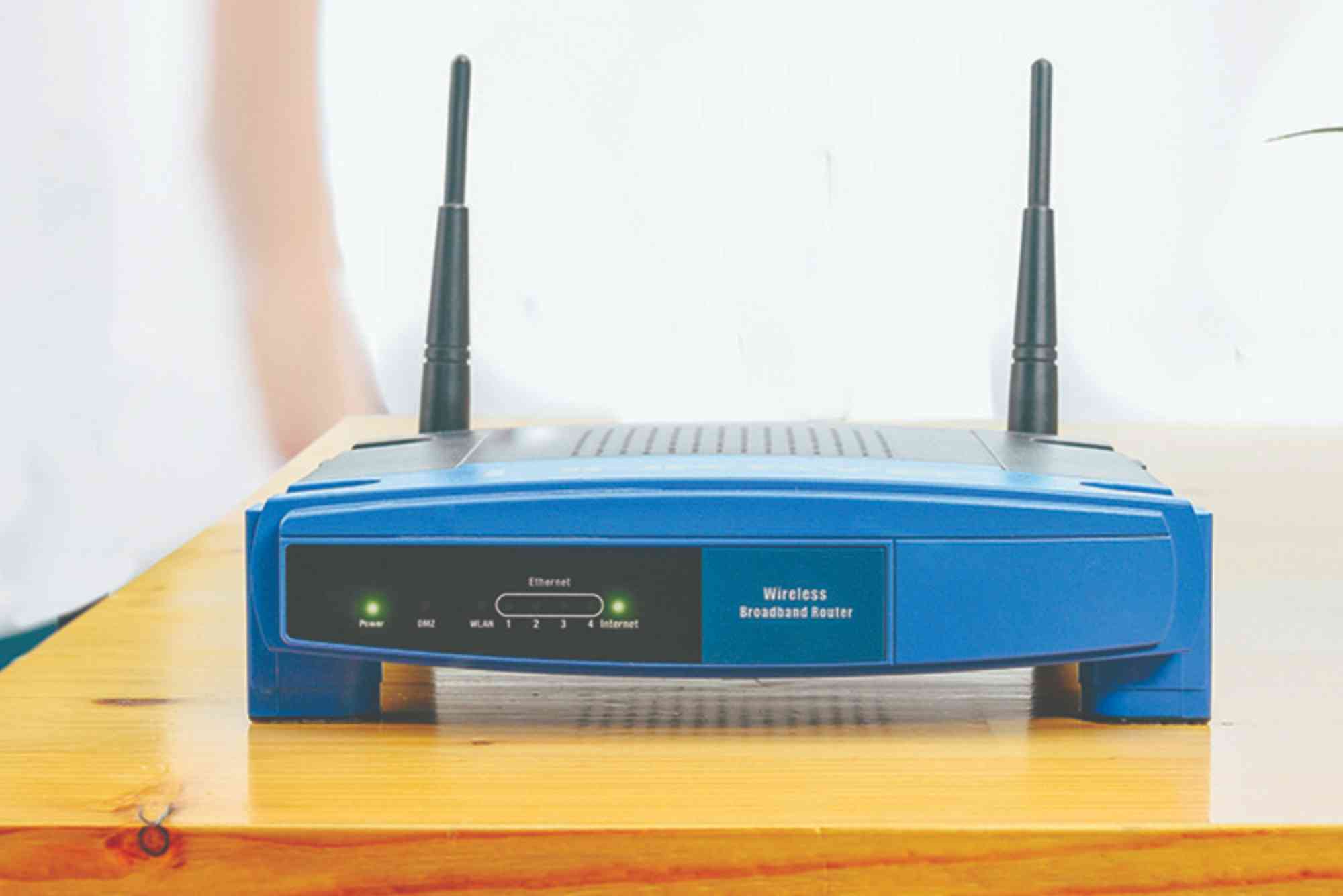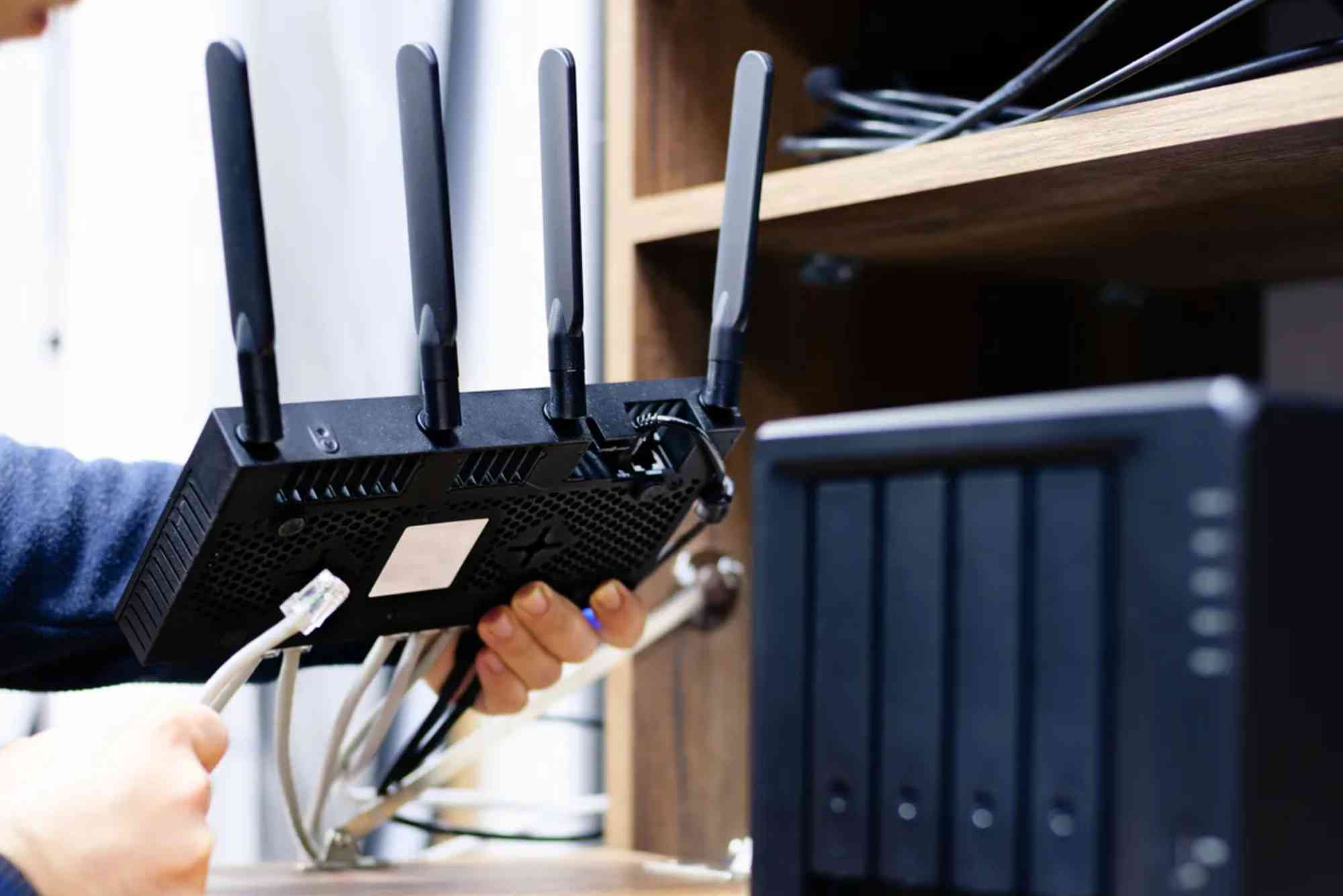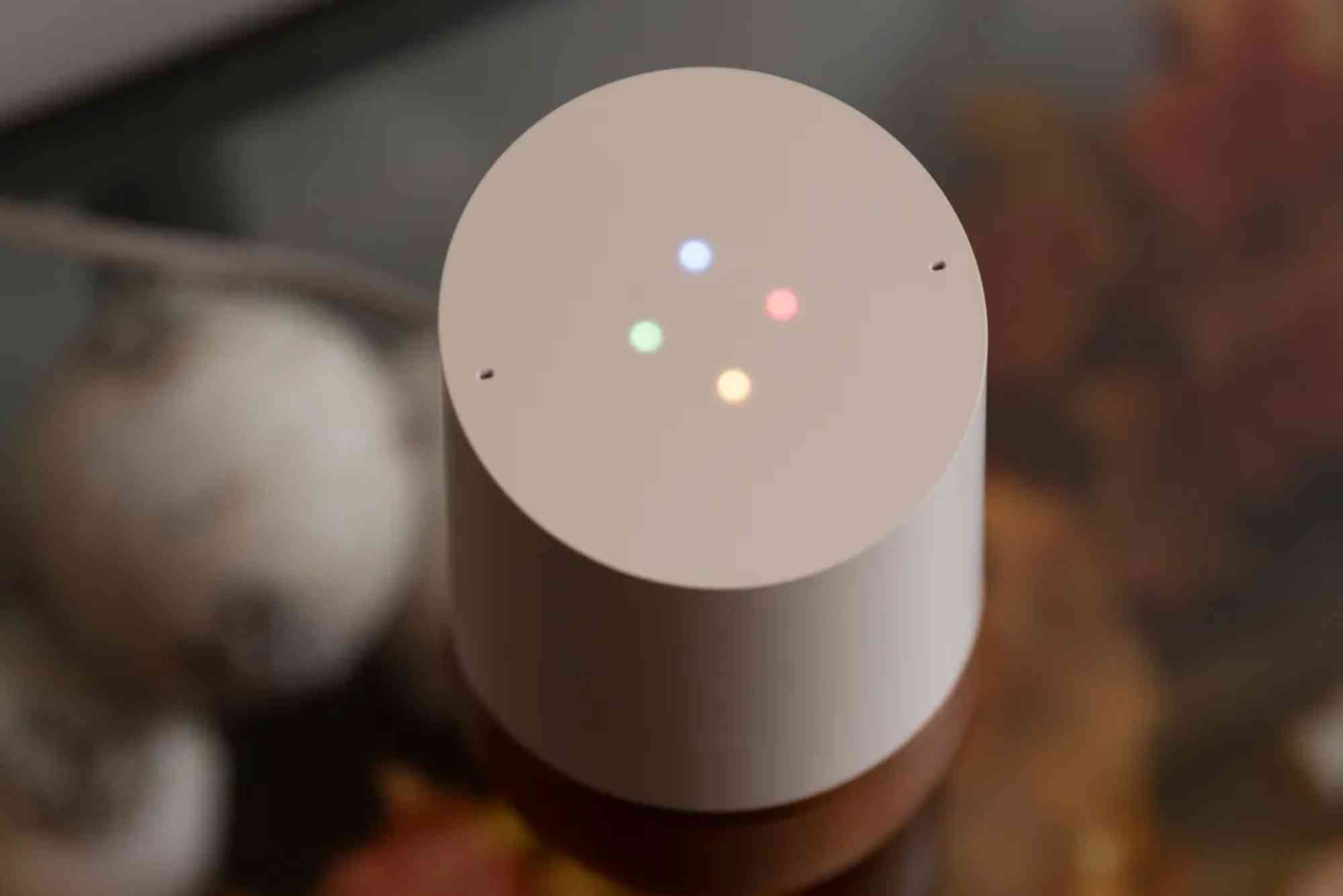Mesh Wi-Fi vs Wi-Fi 6E: What You Need to Know
Home networking has advanced quickly in the last few years. Two of the most talked-about solutions are mesh Wi-Fi vs Wi-Fi 6E. If you’re trying to decide which one is right for your household or office, the answer depends on your space, devices, and internet usage. Both technologies aim to improve connectivity, but they do so in very different ways. In this article, we’ll explore their differences, advantages, drawbacks, and practical use cases so you can make an informed decision.
Understanding the Basics
What Is Mesh Wi-Fi?
Mesh Wi-Fi is a network system made up of multiple nodes or satellites. Instead of relying on a single router, it spreads coverage across your home using interconnected devices. These nodes communicate with each other to eliminate dead zones and maintain stable connections, even in large or multi-story houses.
The biggest appeal of mesh systems is seamless roaming. As you move from one room to another, your devices automatically switch to the strongest node without dropping the connection.
What Is Wi-Fi 6E?
Wi-Fi 6E is the extended version of Wi-Fi 6. While Wi-Fi 6 introduced improvements like higher efficiency, better speed, and reduced latency, Wi-Fi 6E adds a new frequency band—the 6GHz spectrum.
This extra band reduces congestion by offering additional channels for devices to connect. With more space available, Wi-Fi 6E delivers blazing-fast speeds, low latency, and minimal interference, especially in crowded environments like apartment complexes or offices.
Mesh Wi-Fi vs Wi-Fi 6E: Key Differences
When comparing mesh Wi-Fi vs Wi-Fi 6E, it’s essential to understand they are not mutually exclusive. Mesh refers to network design, while Wi-Fi 6E refers to wireless technology. However, they solve different problems.
Coverage vs Speed
Mesh Wi-Fi focuses on solving coverage issues. If you live in a large home where one router can’t reach all areas, mesh ensures you stay connected everywhere.
Wi-Fi 6E, on the other hand, focuses on speed and reducing congestion. It is perfect for environments with many devices, such as smart homes or offices filled with laptops, smartphones, and IoT devices.
Hardware Requirements
To use mesh Wi-Fi, you only need mesh-compatible nodes and a modem. It works with most internet connections.
For Wi-Fi 6E, you need compatible devices—smartphones, laptops, or tablets with Wi-Fi 6E chips. Without compatible hardware, you won’t benefit from the 6GHz spectrum.
Ease of Setup
Mesh Wi-Fi systems are user-friendly. Many come with smartphone apps that guide you through setup in minutes.
Wi-Fi 6E routers are similar to traditional routers in setup but may need more technical knowledge for advanced optimization.
Real-World Example
Imagine a three-story house. A Wi-Fi 6E router in the basement may not cover the top floor effectively, despite offering high speeds. In this case, a mesh system would provide better coverage. On the other hand, if you live in a city apartment with multiple neighbors, Wi-Fi 6E would cut through congestion and offer smoother performance.
Advantages of Mesh Wi-Fi
Mesh systems are built for simplicity and convenience. Their biggest advantages include:
-
Seamless coverage in large or oddly shaped homes.
-
Easy management through apps, often with parental controls.
-
Scalability, as you can add more nodes to expand coverage.
For households where coverage is the main issue, mesh Wi-Fi provides an instant fix without requiring advanced networking knowledge.
Advantages of Wi-Fi 6E
Wi-Fi 6E brings the future of speed and efficiency. Its benefits include:
-
Access to the 6GHz band, which reduces interference.
-
Ultra-low latency for gaming, video calls, and VR applications.
-
Better device handling, ideal for smart homes with dozens of devices.
If your family streams 4K content on multiple devices or works remotely with video calls, Wi-Fi 6E may offer the stability you need.
Challenges and Limitations
No technology is perfect. Both mesh Wi-Fi and Wi-Fi 6E come with challenges.
Mesh Wi-Fi Limitations
-
More expensive than traditional routers.
-
Performance depends on node placement.
-
Can reduce maximum internet speed due to wireless backhaul (unless wired backhaul is used).
Wi-Fi 6E Limitations
-
Requires compatible devices to use 6GHz.
-
Shorter range compared to 2.4GHz and 5GHz bands.
-
Still relatively expensive as it’s a newer technology.
Which One Should You Choose?
The choice between mesh Wi-Fi vs Wi-Fi 6E depends on your unique situation.
-
Choose mesh Wi-Fi if you live in a large home, have dead zones, or want simple, whole-home coverage.
-
Choose Wi-Fi 6E if you want cutting-edge speed, low latency, and you already own compatible devices.
In many cases, the best solution is a combination—a mesh system that supports Wi-Fi 6E. This way, you get the coverage benefits of mesh and the speed of Wi-Fi 6E.
Practical Tips for Homeowners
Test Your Current Network
Before upgrading, use free speed test apps to check your current internet coverage. Identify weak spots in your home.
Consider Your Devices
If most of your devices don’t support Wi-Fi 6E, investing in it may not bring immediate benefits. Mesh might give you more value.
Think Long-Term
Wi-Fi 6E is future-ready. As more devices support it, having a compatible system today can save you from upgrading soon.
Real-World Scenarios
Families with large houses often struggle with connectivity in bedrooms or outdoor spaces. A mesh system ensures stable Wi-Fi in every corner, whether it’s for online learning, gaming, or working from home.
Meanwhile, a tech-savvy professional with the latest Wi-Fi 6E laptop and smartphone will enjoy the ultra-fast speeds and low latency that Wi-Fi 6E brings.
For hybrid needs, a mesh system that supports Wi-Fi 6E provides the ultimate balance.
How Service Providers Can Help
Choosing and setting up the right solution can be overwhelming. Professional providers like Dhanote Internet Services help users select the right technology for their needs. Whether you’re upgrading to Wi-Fi 6E or installing a mesh system, expert support ensures your network performs at its best.
FAQs
Is mesh Wi-Fi better than Wi-Fi 6E?
Not necessarily. Mesh is better for coverage, while Wi-Fi 6E excels at speed and handling many devices.
Can I use Wi-Fi 6E in a mesh system?
Yes. Many modern mesh systems now support Wi-Fi 6E, giving you both wide coverage and high-speed performance.
Do I need Wi-Fi 6E if I already have mesh Wi-Fi?
It depends. If you want faster speeds and lower latency on supported devices, Wi-Fi 6E is worth considering.
Will Wi-Fi 6E replace mesh Wi-Fi?
No. They serve different purposes. Mesh improves coverage, while Wi-Fi 6E enhances speed and efficiency.
Is Wi-Fi 6E worth it for gaming?
Yes. Its low latency and high speeds make it excellent for online gaming and VR applications.
When it comes to mesh Wi-Fi vs Wi-Fi 6E, the right choice depends on your coverage needs, devices, and budget. Mesh Wi-Fi is ideal for eliminating dead zones in large homes, while Wi-Fi 6E is designed for speed, efficiency, and the future of connected devices.








